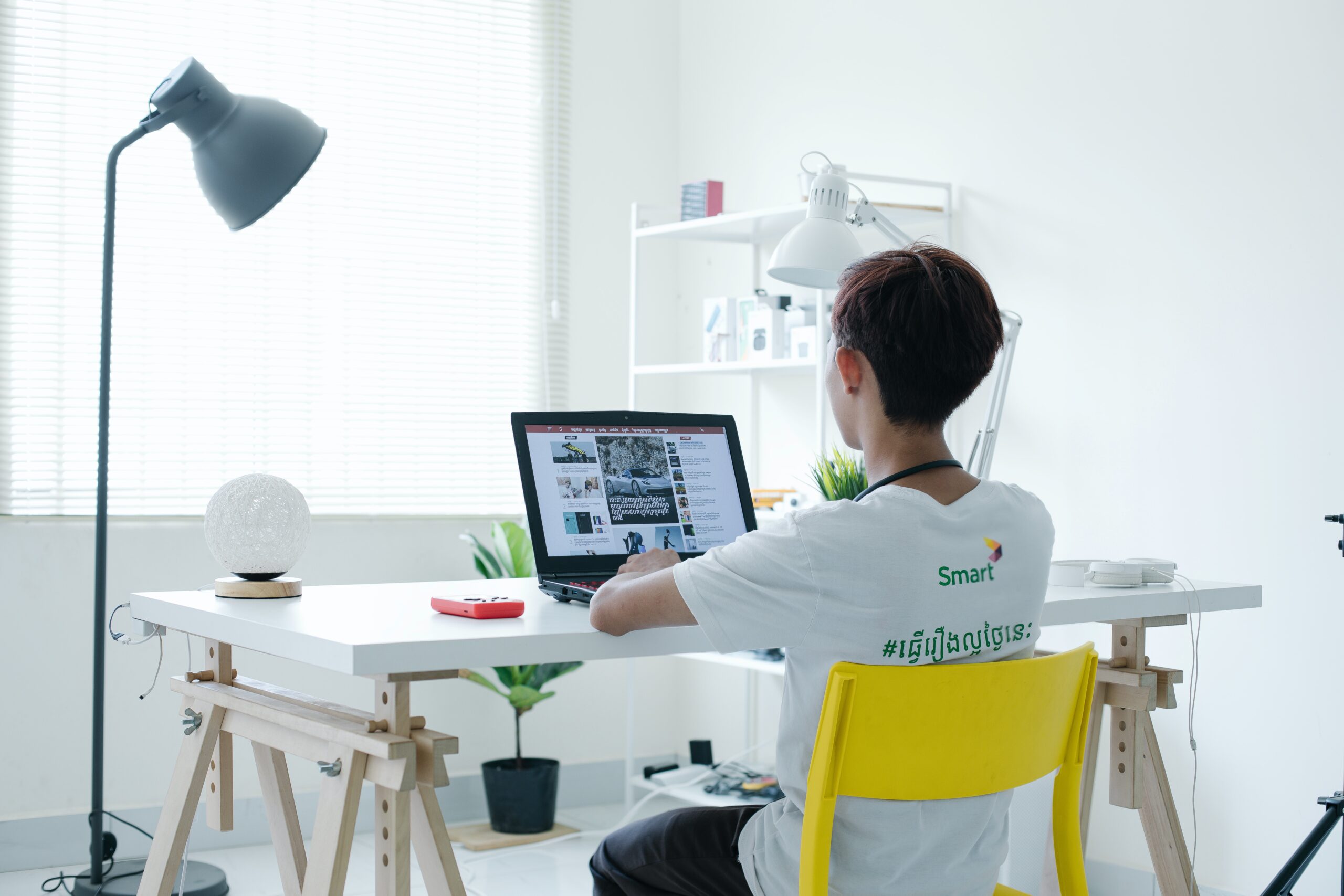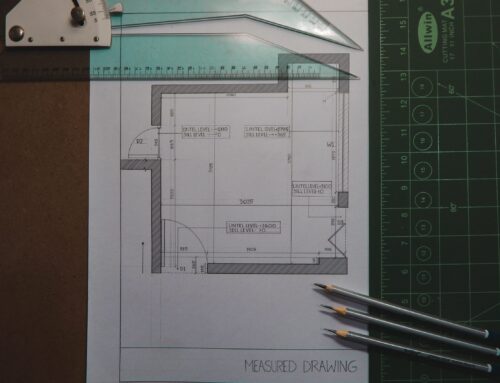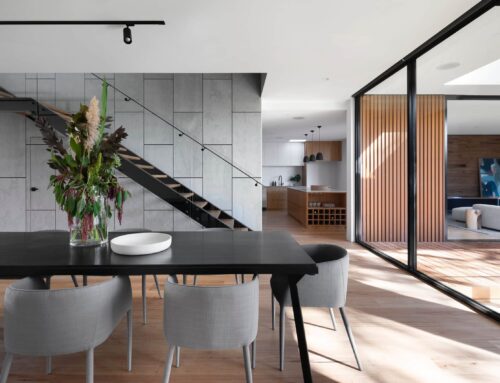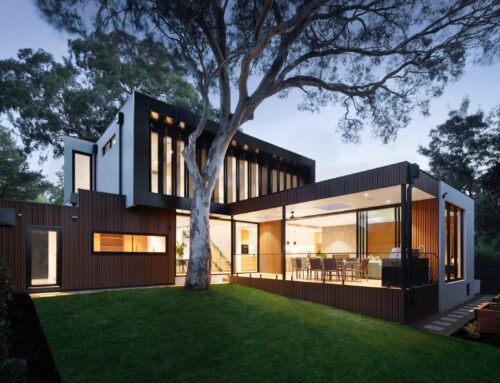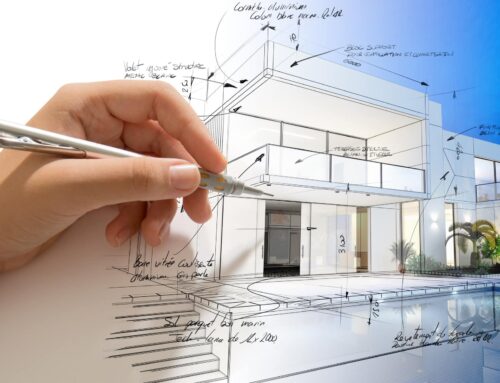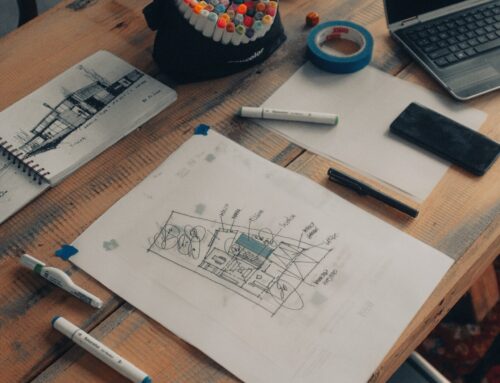The field of building drafting has been rapidly evolving in recent years, driven by emerging technologies and new trends. In this article, we will explore some of the key technologies and trends shaping the future of building drafting.
- Building Information Modeling (BIM) is a digital tool that allows architects, engineers, and builders to create and manage a building’s information throughout its entire life cycle. BIM technology provides a comprehensive view of the building, enabling stakeholders to make more informed decisions during the design, construction, and maintenance phases. With the continued growth of BIM, the future of building drafting will increasingly involve 3D modeling and intelligent data management.
- Virtual Reality (VR) and Augmented Reality (AR) technologies are increasingly being used in building drafting to enhance visualization and design processes. VR and AR technologies enable designers and builders to experience a virtual representation of the building and its surroundings, allowing for more accurate and realistic design decisions. As these technologies continue to advance, they will become an essential part of the building drafting process, allowing for more efficient and effective design decisions.
- Artificial Intelligence (AI) and Machine Learning (ML) are rapidly advancing technologies that are transforming the building drafting process. AI and ML can automate tasks such as 3D modeling, rendering, and drafting, freeing up designers and drafters to focus on more complex tasks. These technologies will also enable the creation of smarter buildings, with intelligent systems that can learn from data to optimize building performance.
- Sustainable Design is becoming an increasingly important consideration in building drafting. With a growing awareness of the impact of buildings on the environment, designers and builders are increasingly focused on creating buildings that are energy-efficient, environmentally sustainable, and healthy for occupants. Building drafting will increasingly involve the use of sustainability-focused software tools and technologies to create environmentally conscious designs.
- Collaboration and Remote Work The COVID-19 pandemic has accelerated the trend toward remote work and collaboration in the building drafting industry. With the increasing availability of cloud-based software tools, designers and drafters can work from anywhere, collaborate with team members in real-time, and share designs and data more easily. This trend is expected to continue, with remote work and collaboration becoming an essential part of the building drafting process.
In conclusion, the future of building drafting is exciting, with emerging technologies and new trends transforming the way designers and drafters work. Building Information Modeling (BIM), Virtual Reality (VR) and Augmented Reality (AR), Artificial Intelligence (AI) and Machine Learning (ML), Sustainable Design, and Collaboration and Remote Work are all shaping the future of building drafting, enabling more efficient, sustainable, and intelligent building design. As these technologies and trends continue to evolve, they will undoubtedly bring new possibilities and opportunities for the building drafting industry.

